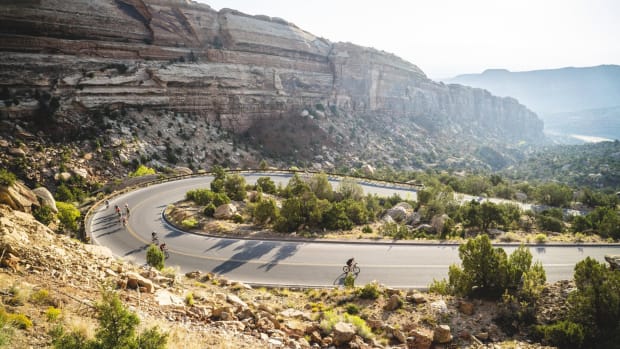Mount Kilimanjaro, standing majestically in Tanzania, Africa, is not only the highest peak on the continent but also one of the most iconic mountains in the world. Every year, thousands of adventurers from all corners of the globe set their sights on reaching its summit, known as Uhuru Peak. But how high is the summit of Kilimanjaro, and what makes this mountain such a compelling destination for climbers? In this article, we’ll explore the altitude of Kilimanjaro, its historical significance, the reasons behind its popularity, and essential safety tips for those considering the climb.
SEE ALSO: What Is Dual Slalom Mountain Biking
Altitude of Uhuru Peak
Uhuru Peak, the highest point on Mount Kilimanjaro, stands at an impressive altitude of 5,895 meters (19,341 feet) above sea level. This altitude makes it not only the highest peak in Africa but also the tallest free-standing mountain in the world. Unlike other major peaks that are part of mountain ranges, Kilimanjaro rises abruptly from the surrounding plains, making its towering presence even more dramatic.
Location
Mount Kilimanjaro is located in Tanzania, East Africa, near the border with Kenya. The mountain is part of Kilimanjaro National Park, a UNESCO World Heritage Site. It is approximately 300 kilometers (186 miles) south of the equator, and its proximity to the equator means that it experiences relatively consistent temperatures year-round. However, the mountain’s height leads to diverse climatic conditions, with varying temperatures and weather patterns from the base to the summit.
Importance of Kilimanjaro as a Climbing Destination
Kilimanjaro’s popularity as a climbing destination is due to several factors. Firstly, its status as the highest peak in Africa makes it a prime target for climbers seeking to conquer the Seven Summits—the tallest mountains on each of the seven continents. Additionally, the mountain’s unique combination of ecosystems, ranging from tropical rainforests at its base to alpine deserts and glaciers at its summit, offers climbers a chance to experience diverse natural environments within a single trek.
Another reason for Kilimanjaro’s appeal is that it does not require technical climbing skills. Unlike other high-altitude peaks that demand advanced mountaineering experience and equipment, Kilimanjaro can be summited by anyone in good physical condition with determination and proper preparation. This accessibility makes it an attractive goal for both novice and experienced climbers.
Safety Information
While Kilimanjaro is accessible to many, it’s important to recognize that the climb is not without its dangers. The primary challenge climbers face is altitude sickness, which can affect individuals at elevations as low as 2,500 meters (8,200 feet) but becomes more common above 3,000 meters (9,840 feet). Symptoms of altitude sickness include headaches, nausea, dizziness, and shortness of breath. In severe cases, it can lead to life-threatening conditions such as high-altitude cerebral edema (HACE) or high-altitude pulmonary edema (HAPE).
To mitigate the risk of altitude sickness, climbers are advised to ascend slowly and allow time for acclimatization. Most guided treks on Kilimanjaro are designed with this in mind, incorporating rest days and gradual elevation gains to help the body adjust. Additionally, climbers should stay well-hydrated, avoid alcohol, and consider taking medications such as acetazolamide (Diamox) to aid acclimatization.
Another potential danger is the extreme weather conditions at higher altitudes. While the base of Kilimanjaro enjoys a warm, tropical climate, temperatures at the summit can plummet to well below freezing, especially at night. Climbers must be prepared for these conditions with appropriate clothing and gear, including insulated jackets, gloves, and sleeping bags rated for cold temperatures.
Physical fitness is also crucial for a successful and safe climb. The trek to the summit is demanding, often requiring 6 to 8 days of continuous walking over rough terrain. Regular cardiovascular exercise, strength training, and hiking practice can help prepare the body for the physical exertion required.
Conclusion
Standing at the summit of Mount Kilimanjaro, at a staggering 5,895 meters (19,341 feet), is a dream realized for many climbers. This mountain, with its unparalleled beauty and towering presence, offers a unique adventure that is both physically demanding and spiritually fulfilling. The journey to Uhuru Peak is more than just a climb; it is a test of resilience, determination, and respect for nature’s power.
The importance of Mount Kilimanjaro extends beyond its status as Africa’s highest peak. It serves as a beacon for adventurers, a symbol of the unyielding human spirit, and a reminder of the diverse and fragile ecosystems that exist on our planet. The history of Kilimanjaro, marked by the first successful ascent over a century ago, continues to inspire modern-day climbers to push their boundaries and explore the unknown.

